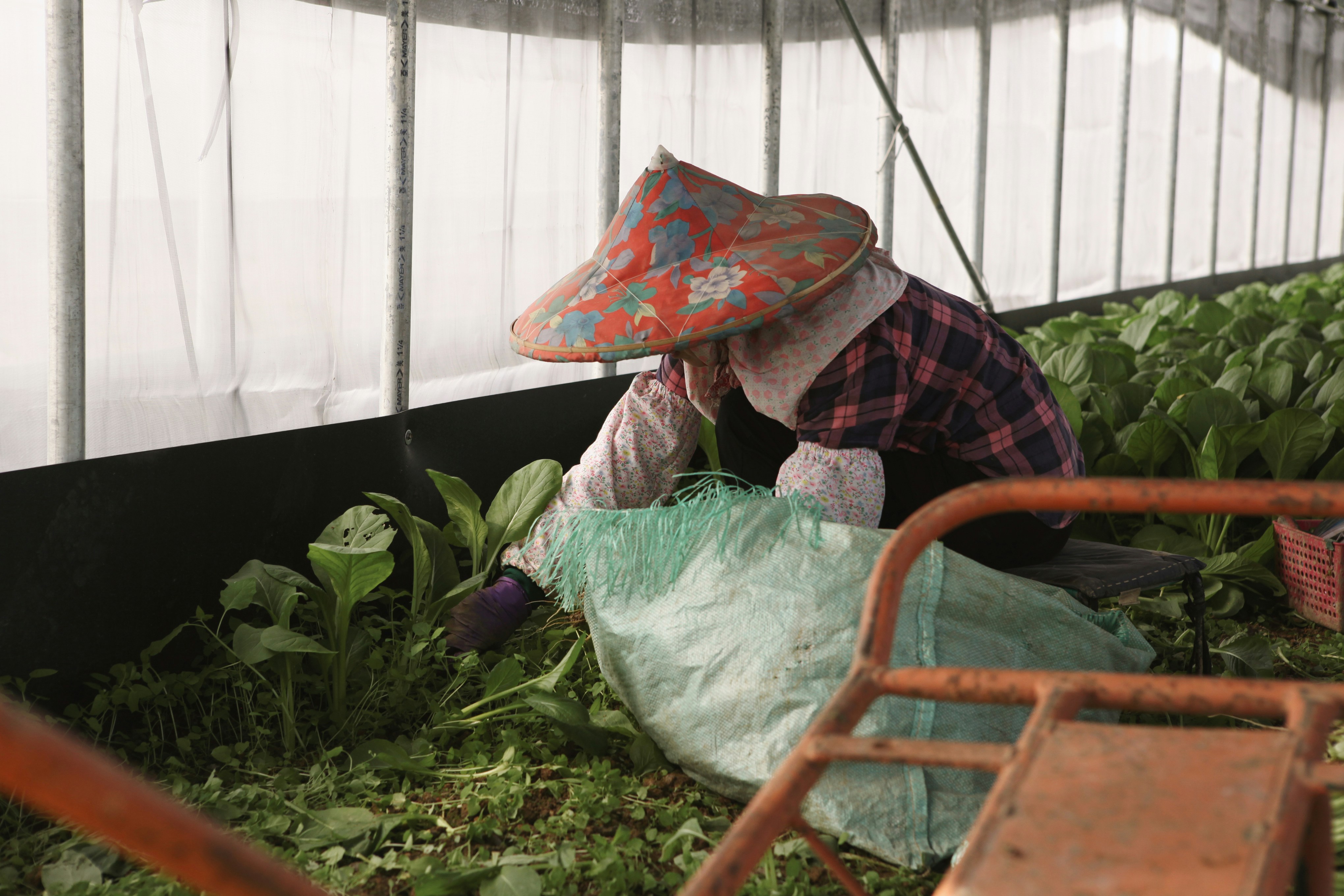Summary
In 2015, countries from around the world adopted the Sustainable Development Goals (SDGs) to end poverty and hunger, protect the planet, and ensure prosperity for all populations and generations. One target within these goals is SDG 12.3, which calls for per capita reductions of food loss and waste by 50% globally.
With six years to go before 2030, the world is not on track to achieving SDG 12.3. Global progress on reducing food loss and waste has not accelerated to the point needed to achieve this ambitious target, either from companies or countries. And with fewer than six years left, time is running out.

Photo by Chanwei/Unsplash
There are bright spots of action. Food loss and waste is rising on the political agenda, thanks to growing recognition of the role of food system transformation as highlighted by the Emirates Declaration on Sustainable Agriculture, Resilient Food Systems, and Climate Action. Several large countries and regional bodies have announced strategies for addressing food loss and waste throughout the entire supply chain, most recently the United States and the European Union. But these strategies still need to be implemented, and they are subject to political pressures and changes in leadership. Addressing food loss and waste needs to be considered a key part of a country’s environmental, economic and social activities, and few countries are currently tackling the problem in this way.
The private sector is making more progress than national and regional governments, but still not enough to systematically address the world’s food loss and waste problem. Initiatives like 10x20x30 and 10x20kx30 which work with businesses to address food loss and waste provide a model for whole supply chain action, but more needs to happen. Some immediate necessary steps are:
- Countries and companies need to establish immediate and ambitious food loss and waste reduction targets, and those targets need to be represented throughout national climate strategies and communications such as nationally determined contributions (NDCs). These strategies and communications then need to be translated into meaningful policies and actions.
- Countries and companies need to report food loss and waste figures publicly, identifying key hotspots and considering the climate implications of those hotspots.
- Both governments and companies need to turn their attention to farm-level food loss as well as consumer food waste, two underexplored contributions to the global state of food loss and waste
- Financing organizations and philanthropists need to contribute to the $300 million+ in investments that are ready today to reduce food loss and waste.
In short, the world’s food loss and waste problem has remained unchecked for too long. Although there are encouraging signs of progress, at current levels of action the world will not achieve SDG 12.3. Collectively, we must begin assessing how to massively scale up action, and what the next steps will be if and when we miss out on this crucial 2030 goal.
